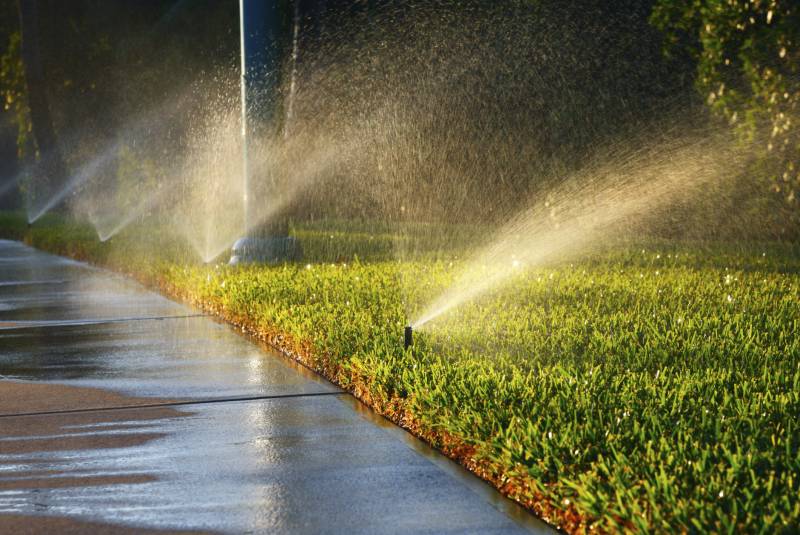Even in wet years — like the last two, which saw disastrous flooding in many parts of the state — Californians need to use less water.
That’s the message the State Water Resources Control Board conveyed to the public during a workshop as the agency considers new rules for water conservation in urban areas.
By promoting water conservation as “a California way of life,” the board’s goal is that the looming regulations will save enough water for about half a million households annually. Californians spoke out Tuesday over the state’s plan to rein in urban water use that is ultimately less drastic than a previous version of the regulations.
